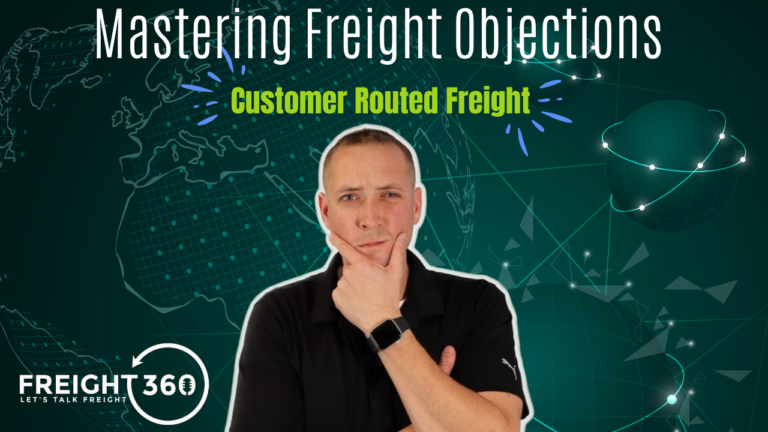Have you ever heard the phrase “all-risk insurance?” It’s a product that’s available in the freight and transportation market, and it’s becoming more and more prevalent. In this quick blog, I’m going to explain what it is and how you can use it to add value to your customers.
What is All-Risk Insurance?
Anytime we’re transporting freight, we need to make sure the motor carrier that we contract has the proper level of primary cargo insurance. In most cases, you’ll see that a carrier has $100,000. If there is damage to the shipment or a claim of any sort at the fault of the carrier, that insurance policy is there to cover the cost of the loss to the customer’s freight. This sounds simple, but in reality, claims can take months to settle which can frustrate your customers. That’s why the all-risk policy was created.
In addition to the carrier’s primary cargo insurance policy, freight brokers and shippers can purchase single load policies that cover the specific shipment at hand. These policies can’t be used in lieu of a carrier’s policy, but rather as an added level of protection with benefits that can take a lot of the pain and headache out of freight claims. What’s cool about all-risk policies is that they take what’s called the “first position” in the event of a freight claim. What that means is that the all-risk policy can pay out a claim quickly, usually within 30 days, and then they can go through the long claims process with the carrier’s policy to recoup their money.
Example
Let’s take a look at an example of a claim and how the all-risk policy would apply. Let’s say your customer ships lettuce and the value of the shipment is $50,000. You contract a carrier to haul the load and you verify that they have the proper cargo insurance. Additionally, you purchase an all-risk policy for that load alone that covers the lettuce in the event of a claim. The price for these policies vary depending on a variety of factors, but let’s say you paid $50 for this additional coverage. While in transit, the reefer unit breaks down or has some issue that causes the temperature to rise too high resulting in the lettuce to be partially spoiled. The receiver makes note of the damages and you need to file a claim on the carrier’s insurance to reimburse your customer for the loss. Normally, you would expect to spend months going back and forth with the shipper, carrier, receiver, and possibly a 3rd party like the USDA or Blue Book Services to determine the cause and fault for the claim. Meanwhile, your customer is upset because they’ve suffered a loss on their product and they have a freight bill to pay. This is where the all-risk policy can ease the pain.
Rather than wait upwards of 4-6 months in a claims dispute, you file a simple claim with the all-risk policy which was purchased to cover this shipment alone, and they pay out the claim to your customer quickly, usually within a few weeks. Your customer is taken care of even before their freight invoice is due. After the claim is completed and paid, the all-risk company can then go through the 4-6 month process of trying to settle the claim that they just paid out with the motor carrier’s insurance company who is ultimately liable for the damages or losses. All we’re doing here is simply adding a second insurance policy in place for a minimal cost to ease the headaches that come into play with the inevitable claims that we run into with shipping freight, especially freight that has a higher likelihood of claims, like fresh produce.
Considerations
Like all insurance policies, every policy is different. Some primary cargo policies exclude coverage for specific commodities such as frozen seafood, berries, or other perishable goods. The same applies for these all-risk policies. If you’re shopping for rates on an all-risk policy, you need to make sure the policy doesn’t exclude the commodity that you’re shipping. Additionally, the carrier’s insurance needs to also cover that commodity since the all-risk company is eventually going to recoup their money from the carrier’s insurance company. Confused yet? Don’t worry. Luckily, we’ve done the research for you and we’ve been able to find a trusted provider of all-risk insurance policies in the freight and shipping industry. DAT has partnered with Loadsure to provide quick and easy access to all-risk insurance policies at the click of a button and typically in under a minute. You might be wondering why you would want to spend extra money for insurance when the carrier’s insurance already covers your customer’s load. Think of it this way. Your customer knows that claims are going to happen from time to time. What’s different between you and other brokers is that you’ve taken the extra step to speed up the process to reimburse them and reduce the headaches that come with our industry.
To learn more about all-risk policies, make sure to check out our library of content to listen to a full podcast episode and a video demo that explains these policies and shows you just how simple it is to go the extra mile in protecting your customer.





